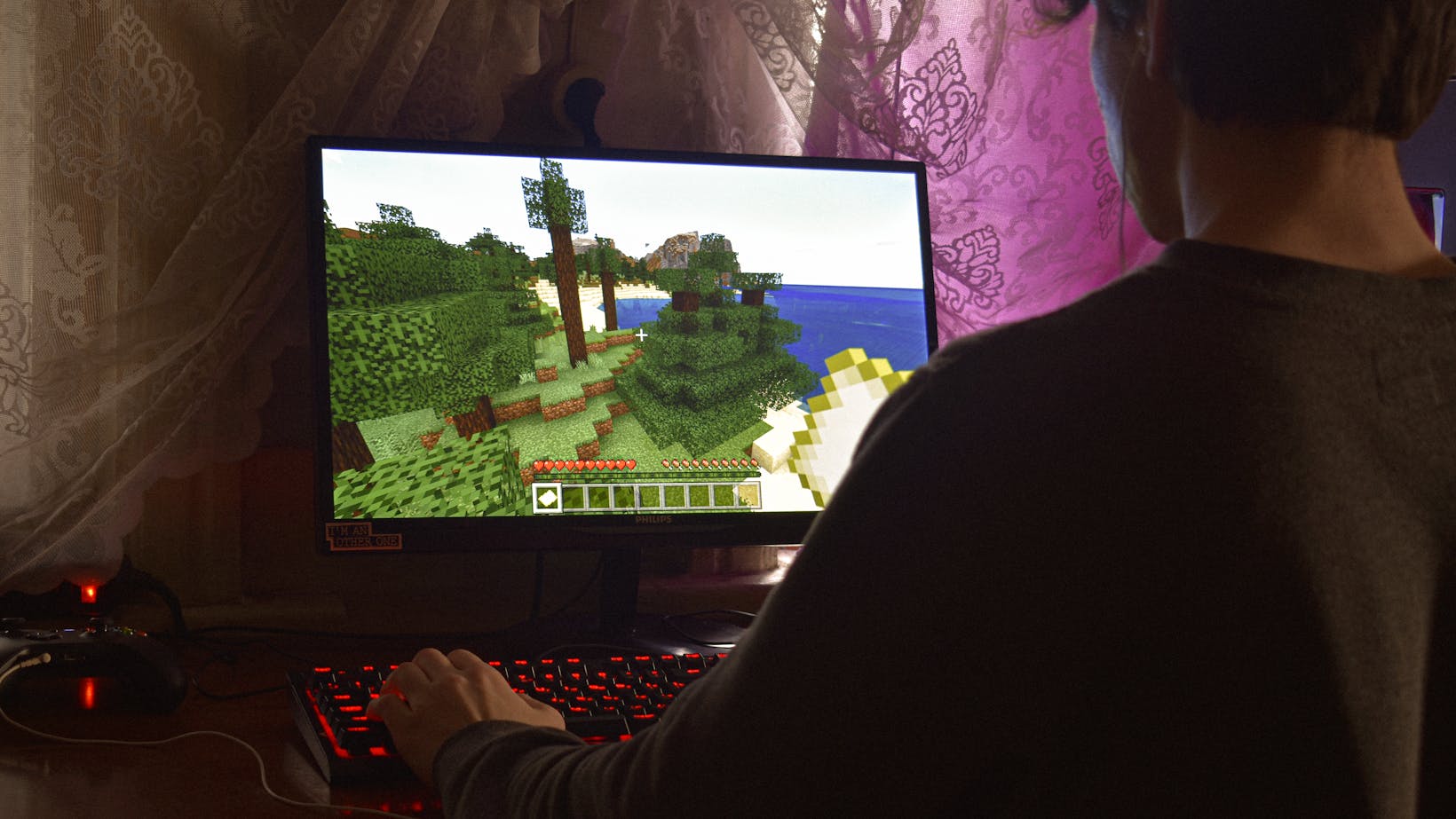
Imagine stepping into a world where reality blurs with the virtual, where every sense is heightened, and every experience feels palpably real. That’s the allure of fully immersive virtual reality – a technology that transcends traditional boundaries and plunges us into captivating digital realms. As I delve into the realm of fully immersive VR, I uncover a landscape brimming with endless possibilities and transformative potential.
In this article, I’ll explore the cutting-edge advancements propelling us into a new era of sensory immersion. From lifelike simulations to interactive storytelling, fully immersive VR is reshaping how we perceive and interact with digital environments. Join me on this exhilarating journey as we unravel the implications and applications of this groundbreaking technology.
Fully Immersive Virtual Reality
Diving deeper into fully immersive virtual reality, I uncover the next level of sensory experiences that redefine our perception of reality. Pushing the boundaries between the physical and digital worlds, fully immersive VR envelops users in captivating environments where every sensation feels authentic.
Immersing myself in fully immersive virtual reality opens up a new realm of possibilities where interactions transcend the constraints of traditional interfaces. Encountering lifelike simulations and engaging in interactive storytelling, I witness firsthand the power of this technology to transport me to alternate realities.
Understanding the Basics of Fully Immersive Virtual Reality
Definition and Concept of Fully Immersive Virtual Reality
Fully immersive virtual reality, or VR, refers to a technology that creates a completely artificial environment that is experienced through sensory stimuli such as sound and vision. It immerses users in a digital world where they can interact with the surroundings and other elements as if they were physically present. This level of immersion distinguishes fully immersive VR from other forms of virtual reality by providing a deeply engaging and realistic experience.
Evolution of Fully Immersive Virtual Reality Technology
The technology behind fully immersive virtual reality has evolved significantly over the years, driven by advancements in hardware capabilities, software development, and user experience design. From the early experiments in the 1950s to the modern VR headsets and accessories available today, the journey of fully immersive VR has been marked by continuous innovation and refinement. Today, state-of-the-art VR systems offer high-resolution displays, precise motion tracking, and realistic haptic feedback, delivering a truly immersive and interactive experience to users.
Benefits of Fully Immersive Virtual Reality
Enhanced User Experience
Immersing myself in fully immersive virtual reality offers unparalleled user experiences. With lifelike simulations and interactive storytelling, I feel a heightened sense of presence and engagement. The technology blurs the lines between reality and the virtual world, allowing me to delve into captivating environments that amplify emotional connections to digital experiences. My interactions within the virtual space feel as real as the physical world, creating a truly immersive and unforgettable experience.
Realistic Simulations and Training Applications
Fully immersive virtual reality enables realistic simulations and training applications across various industries. I can undergo training in a simulated environment that replicates real-life scenarios with remarkable accuracy. For instance, in fields like medicine and aviation, professionals can practice complex procedures in a risk-free virtual setting. This not only enhances learning but also improves skill retention and decision-making abilities. The technology revolutionizes training methodologies by providing hands-on experience in a safe and controlled virtual environment.
Psychological and Therapeutic Benefits
The psychological and therapeutic benefits of fully immersive virtual reality are profound. Engaging in virtual environments can help me overcome fears, phobias, and anxieties through exposure therapy in a controlled setting. Additionally, immersive experiences can reduce stress and improve overall well-being by transporting me to peaceful and relaxing virtual locations. Virtual reality therapy is being increasingly used to treat post-traumatic stress disorder, anxiety disorders, and other mental health conditions, showcasing the therapeutic potential of this technology in enhancing psychological well-being.









